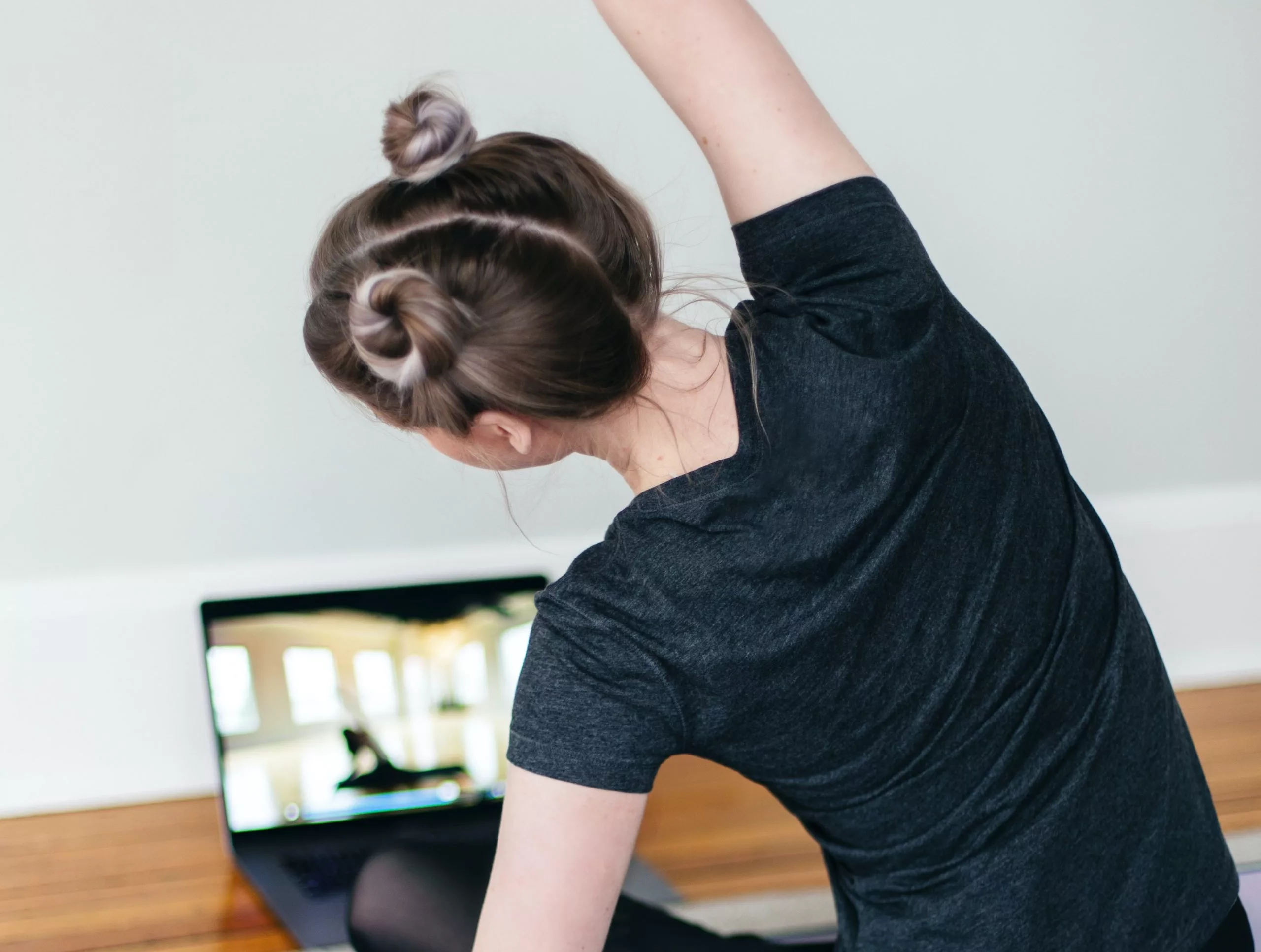At first, you may have thought working from home would be a welcome respite. You don’t have to face the morning and evening rush hours, and most of the time you don’t even have to bother getting dressed. But how do you encourage your employees to remain productive? Many of them are even more stressed these days thanks to cabin fever, home-schooling their kids, and worried about going to the grocery store. As the boss, you want to encourage your employees to stay healthy and happy, because their productivity affects your bottom line.
Health and wellness programs for your employees are worth the investment. When your co-workers feel their best, health care costs are lower. You’ve started by encouraging them to work from home. Now it’s time to encourage them to develop some wellness habits. Studies show employees who take part in work-related health programs increase their productivity by an average of 10.3 hours each year. When you consider the average worker is productive only for about three hours a day, you’re getting an extra three days’ worth of work. The more you’re able to motivate your employees, the better for your business. The CDC estimates productivity losses related to health and family issues cost employers an average of $1,685 per person, per year. Employers who put health programs in place are taking a step toward reducing sickness (and sick leave). They also save about 25 percent on disability compensation insurance costs.
Virtual Workouts
You use your computer to hold virtual meetings, why not use it to hold virtual exercise classes or meditation sessions. Keep in mind one size does not fit all when it comes to health and welfare. Encouraging each worker to develop his or her own wellness plan is a productive way to turn life’s negatives into something more positive. When employees control their own goals without fearing repercussions, they tend to make positive changes. Start small; reasonable goals won’t cause more stress and become counter-productive.
At the (Home) Office
Sitting at a desk for hours can be draining, especially for those who type on keyboards all day. Repetitive hand and wrist motions may lead to carpal tunnel syndrome. Ergonomically correct office furniture and physical fitness products help the body stay active. Consider offering to split the cost with your employees for some better furniture which they can order on-line. You’ll get a good return on your investment since they’ll now be more productive.
Move your legs with a foot pedal exerciser; they’re available in various sizes. These units are good for arm movement, too, if you place them on a tabletop. Wrist and ankle weights, ball chairs, balance boards, and stretch bands are easy to access and use while sitting at a desk.
Stand-up desks are becoming more popular for businesses and home offices. Standing burns more calories and increases blood circulation. It also reduces back pain by stretching the lumbar region and pumps up your energy.
Bring the outdoors in. Houseplants aren’t just for home. Surround your offices with luxe plants to brighten things up. A few bonsais and bird of paradise plants will add color and provide fresh air. Since they supply oxygen, they provide an extra boost of energy. Avoid plants that induce sleep, such as lavender and jasmine.
Walking is a perfect way to keep active and focused, so encourage your employees to get out and take a walk. Muscles and your brain need oxygen. So whenever someone heads to the fridge, coffee pot, restroom, and the stairs, he or she is exercising the body and taking a mental break.
After Hours
Just because employees leave their computers, doesn’t mean they leave their work problems at work. The wellness habits you introduce will likely follow them into their off-time. Yoga, soft music, colorful houseplants, indoor waterfalls, and reading a good book are ways to take your mind off business and focus on yourself. An office book club where you discuss a few chapters at the end of the week might encourage your employees to sit down and read. Have them suggest books that could help your business.
Since you can’t head to the gym after work or don’t have a treadmill at home, set up some mats and weights — pump up the music! Dancing gets your heart moving and releases the stresses of your workday. Then, meditate and relax.
Healthy eating, fitful sleep, and physical activities are everyday habits that help people reduce stress and increase productivity. As a manager, you can develop holistic wellness programs that bring together physical and mental stress-reducing exercises. Your personal involvement not only benefits the business, but it lets your employees know that you care about their well-being.







